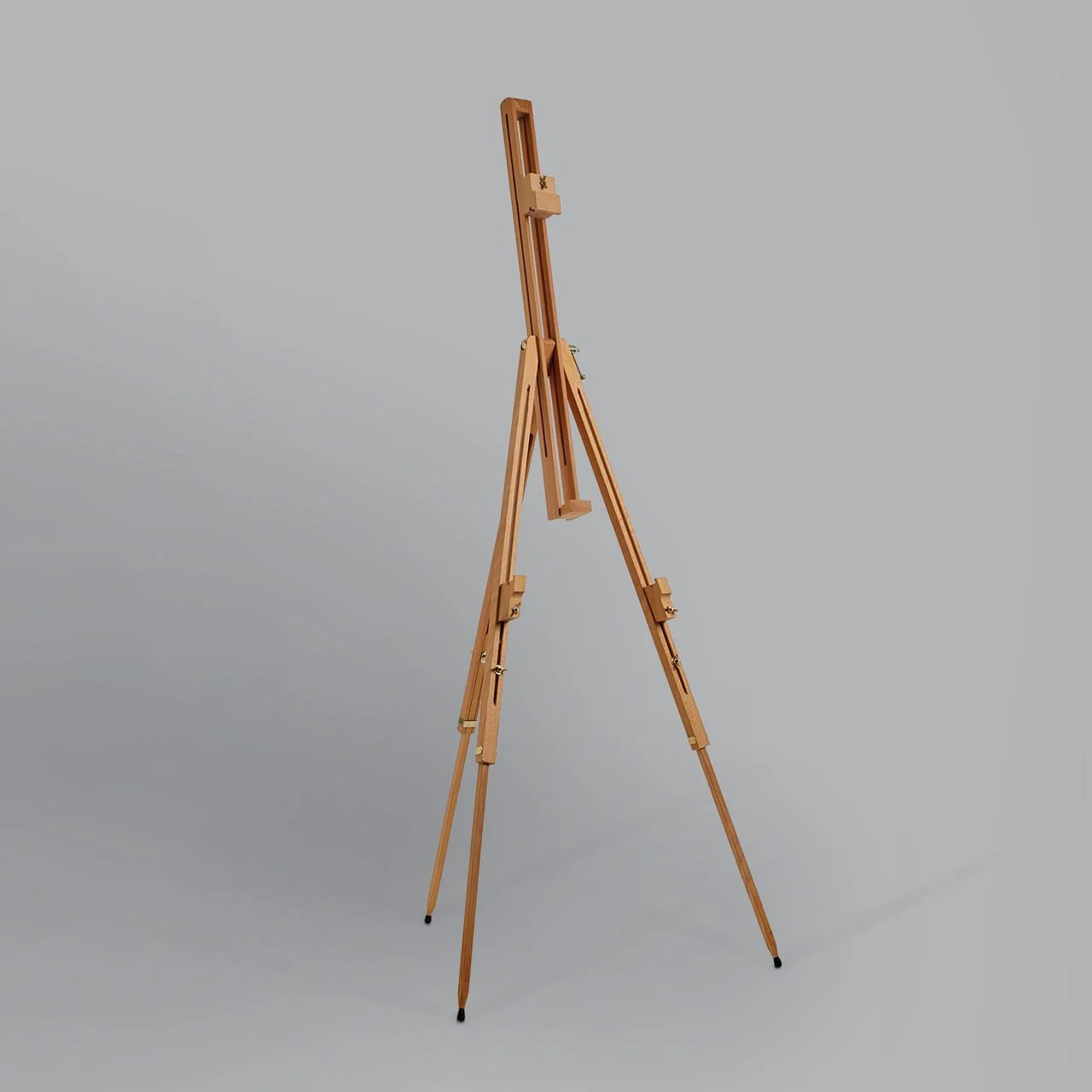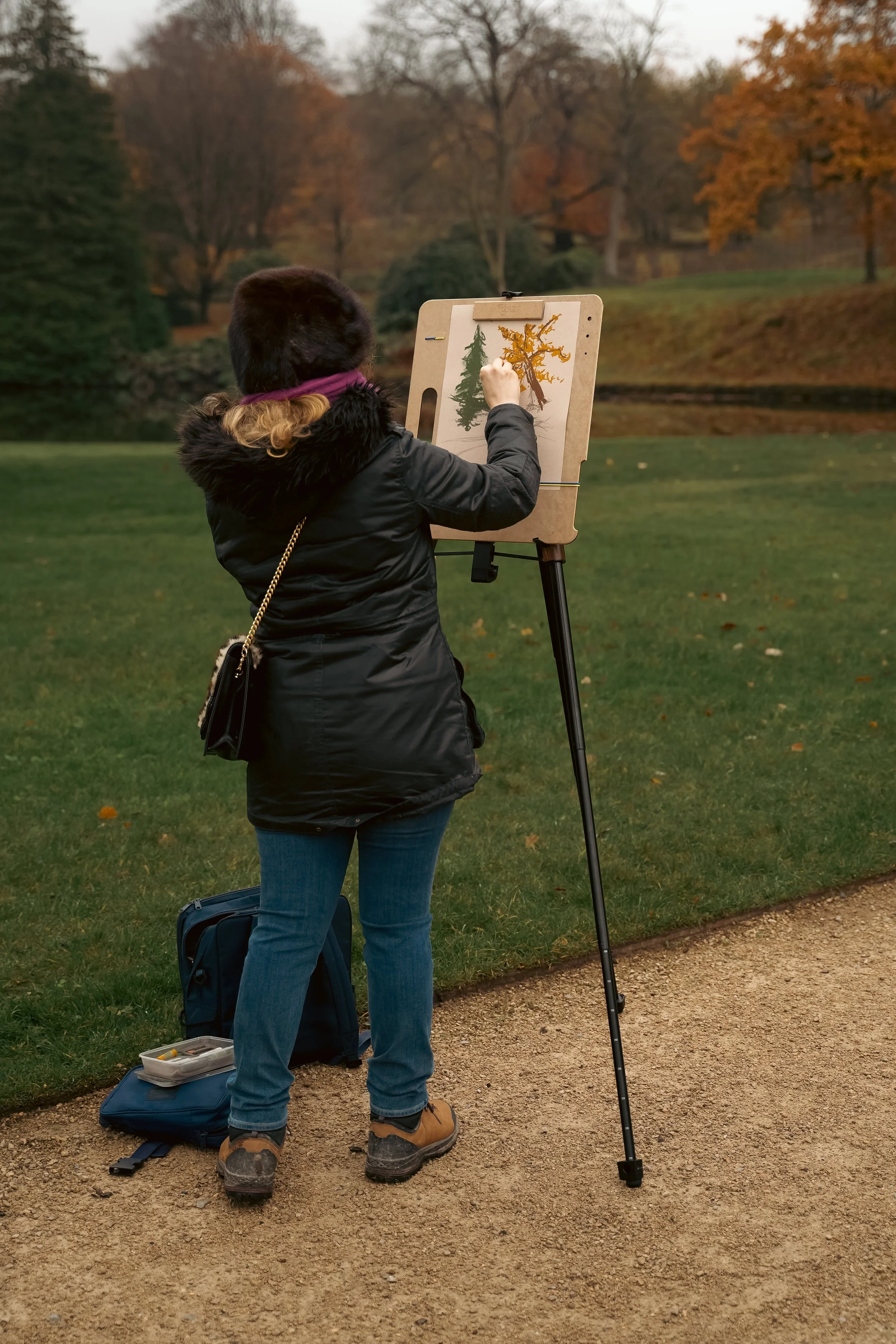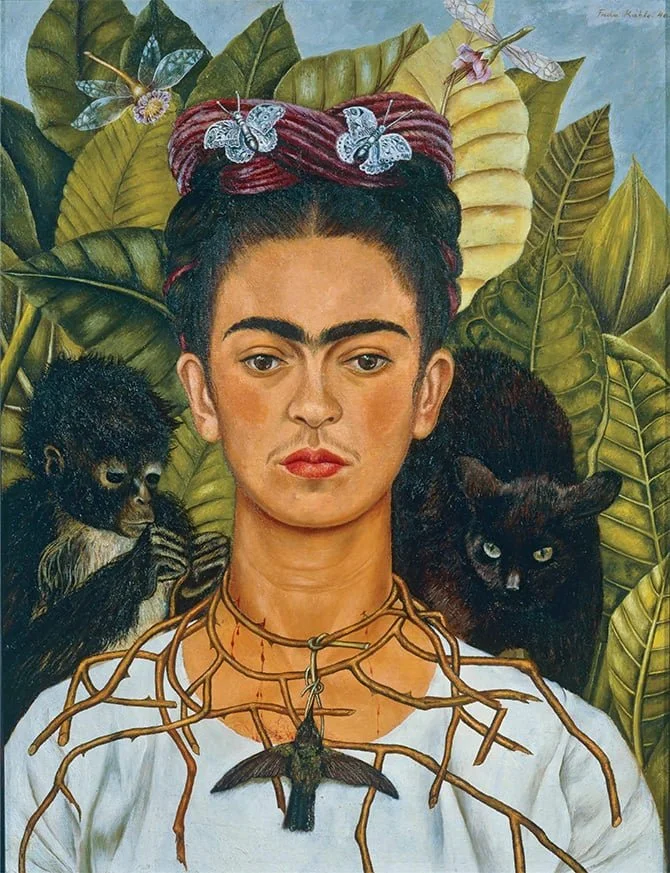As someone who paints both in the studio and outdoors, I’m always looking for an easel that’s light, sturdy, and easy to manage. I’ve been using both the KraftGeek Plein Air Easel and the Winsor & Newton Dart Sketching Easel, and while they share similarities in portability and setup, they each have their strengths depending on your painting style and working habits
KraftGeek Plein Air Easel
The KraftGeek Plein Air Easel really stands out for its modern, smart design; it feels sleek and well thought out, with a clean look that makes it just as at home in the studio as out on location. What I noticed right away is how lightweight and easy it is to carry it is, even for me at just 5ft tall. Some easels can feel awkward to lug around, but the KraftGeek’s compact frame and balance make it genuinely comfortable to transport from place to place.
Setup is quick and intuitive, everything locks neatly into place and I had it standing within a couple of minutes. Once it’s up, it feels surprisingly sturdy, especially for a portable easel. It handles mid-sized canvases beautifully (around 16"×20"), and I experienced little to no wobble while painting. I particularly like that it can be used as a tabletop easel or extended for floor use, making it versatile whether I’m working seated or standing.
There are a few quirks, though. The legs can slip if they’re not properly tightened, especially on smooth floors, so it’s worth double-checking the locks before starting. It’s not ideal for very large canvases, as it can start to feel top-heavy, and outdoors it can be a bit too light in strong wind unless you add some weight to the ledge. Still, those are minor issues compared to how well it performs overall.
For me, the KraftGeek hits a sweet spot between portability, stability, and aesthetics. It feels like a thoughtfully designed piece of kit. Perfect for artists who want something functional yet stylish, and especially convenient if you’re on the shorter side and tired of wrestling with awkward, heavy easels.
Winsor & Newton Dart Sketching Easel
The Winsor & Newton Dart is another excellent option for artists who value portability. It’s extremely lightweight (about 1.4 kg) and folds down small enough to slip into a backpack or art trolley, making it great for quick outdoor sketching sessions. The telescopic legs adjust easily, and the mast can tilt into a horizontal position, which is ideal for watercolour work.
It’s also very easy to set up, and that’s something I really appreciate when painting on location. The Dart is wonderfully convenient for small to medium surfaces, and its ability to adjust for different media such as, watercolour, acrylic, or oil; a real plus!
That said, I found it less stable than the KraftGeek, especially when working with anything larger than A3. The rear leg sometimes slips, and the canvas groove is quite shallow, so a canvas can lean forward unless clipped. While many reviewers flag the screw tightener's intrusive placement, I've found an additional flaw: the screw itself often spins in its housing, making it difficult to secure. This is a minor but frustrating issue when setting up quickly or working outdoors. Ultimately, it's a serviceable easel for light use, but I wouldn't trust it for vigorous painting or heavy impasto techniques.
Final Thoughts
Both easels have a lot going for them, but they cater to different needs.
The KraftGeek Plein Air Easel feels sturdier and more refined, with a balanced design that’s easy to carry even for someone petite like me. It’s perfect for studio use or painting outdoors on calm days, and its modern look makes it feel like a proper upgrade from typical metal tripods.
The Winsor & Newton Dart Sketching Easel is a great lightweight travel companion, ideal for quick sketches, watercolour, or small-scale work. It’s incredibly portable, but not quite as solid or secure when you need real stability.
If you want a stylish, reliable easel that’s both portable and practical, the KraftGeek is the one I’d recommend. But if your priority is ultralight convenience for sketching or watercolour on the go, the Dart still holds its place.
Visit this link to purchase a KraftGeek Plein Air Easel and use the discount code BCS15 to save 15% on your order.
























